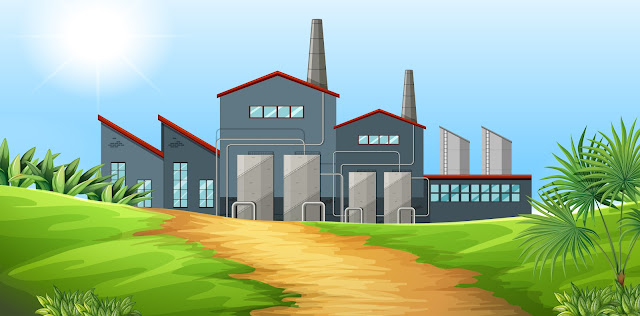Innovative Approaches in Building Construction and Layout for Safe Food Production
Sustainable Food Facilities
The rise of sustainable food facilities is a key trend in modern construction practices. These facilities are designed not only to minimize environmental impact but also to enhance operational efficiency. Key features of sustainable food facilities include:
Energy Efficiency
Incorporating renewable energy sources, such as solar panels and wind turbines, reduces reliance on fossil fuels and lowers the carbon footprint of food production facilities. Advanced HVAC and lighting systems also contribute to energy savings, making operations more sustainable[2][3].
Water Conservation
Innovative designs often integrate rainwater harvesting recycling systems, which are vital in regions facing water scarcity. These practices help reduce water waste and promote sustainable water management in food production[2].
Use of Green Materials
The adoption of sustainable building materials, such as recycled steel and sustainably sourced timber, supports healthier indoor environments and reduces waste. These materials not only enhance the sustainability of food facilities but also improve worker productivity and food quality[2][3].
Advanced Construction Techniques
Modern construction techniques are reshaping the food production landscape, ensuring that facilities are designed with efficiency and safety in mind:
Modular Construction
This approach allows for rapid assembly and flexibility in food facility design, enabling quick adaptations to changing demands. Modular designs can enhance the efficiency of food processing and storage, ensuring that facilities can respond to market fluctuations effectively[4].
Vertical Farming
By integrating vertical farms into urban environments, construction practices can maximize space utilization and reduce transportation emissions. These farms can be incorporated into existing infrastructures, providing fresh produce closer to consumers and fostering local food systems[1][3].
Smart Technologies
The integration of the Internet of Things (IoT) in food production facilities allows for real-time monitoring of environmental conditions. Sensors can track temperature, humidity, and other critical factors, ensuring optimal conditions for food safety and quality. This technology also aids in resource management, enhancing overall operational efficiency[3][4].
Food Safety Considerations
Food safety is paramount in the design and construction of food production facilities. Key considerations include:
Material Selection
Choosing non-porous and easy-to-clean materials is crucial in preventing contamination. Compliance with safety regulations, such as using stainless steel in processing areas, enhances the longevity and hygiene of food production environments[3][4].
Facility Layout
The design of food processing spaces should prioritize workflow efficiency and safety. Implementing the kitchen work triangle principle—optimizing the arrangement of the stove, refrigerator, and sink—can enhance productivity and minimize the risk of accidents in commercial kitchens[4].
Regulatory Compliance
Modern food facilities must navigate stringent regulatory standards. Collaboration between construction professionals and food industry experts is essential to ensure that new buildings meet health and safety requirements while also being adaptable to future needs[3][4].
Conclusion
Innovative approaches in building construction and layout for food production are transforming the industry, ensuring that facilities are not only efficient and sustainable but also prioritize food safety. As urban populations grow and environmental challenges intensify, the construction sector's role in shaping resilient food systems becomes increasingly vital. By embracing advanced technologies, sustainable practices, and strategic designs, the food industry can meet the demands of the future while safeguarding public health and the environment.
Citations:
- https://oletowncitysubs.com/building-a-sustainable-future-the-intersection-of-construction-and-food-production-4/
- https://borinquensoul.com/building-the-future-of-food-innovations-in-food-related-construction-11766/
- https://meatballzinc.com/building-a-better-future-construction-innovations-in-the-food-industry-5811/
- https://pastapopupsf.com/building-a-culinary-future-the-role-of-construction-in-the-food-industry-6871/
- https://www.frontiersin.org/research-topics/59995/building-integrated-agriculture-and-other-innovative-production-methods-to-foster-urban-sustainability-food-security-and-equity
- https://www.allplan.com/blog/the-5-most-innovative-building-materials/
- https://www.foodmanufacturing.com/home/blog/13246622/food-plant-construction-the-designbuild-method-continues-to-grow
- https://www.researchgate.net/publication/285678176_Building-integrated_agriculture_A_new_approach_to_food_production
About the Author
M. Yahya Babar
Exploring the science of food with a sophomore's curiosity, grateful for the experiences bestowed upon me by the grace of Allah. Passionate about sustainability and innovation in food science, driven to contribute to a safer and more environmentally responsible food industry.


Post a Comment